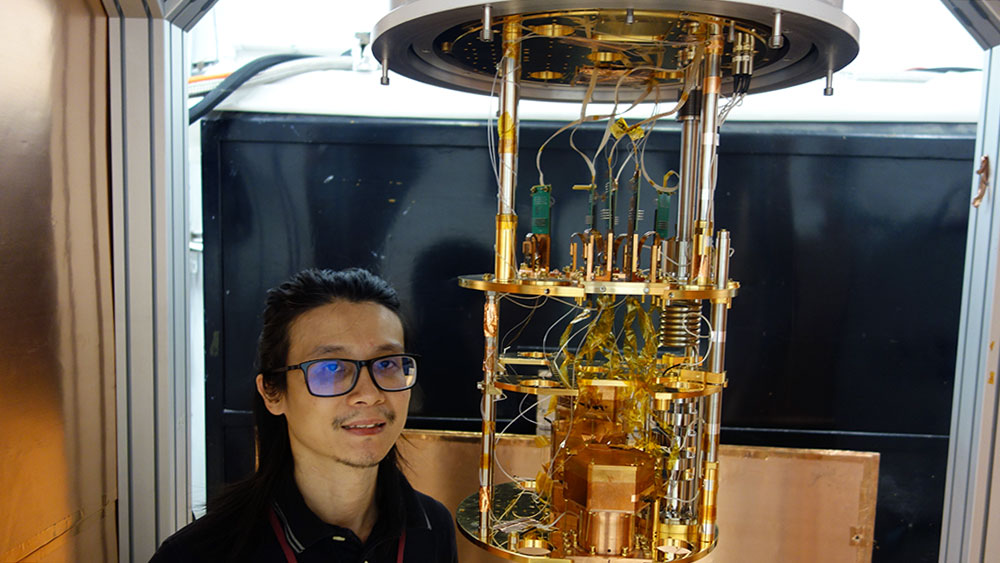
Monitoring nuclear activities in countries that have denied access to the international community is a tremendous challenge facing the International Atomic Energy Agency (IAEA). According to Texas A&M University graduate student Wei Eng Ang, “Throughout the history of nuclear safeguards, there have been several incidents where the IAEA safeguards inspectors have been denied access to facilities for verification by countries such as North Korea and Iran.”
Ang worked with Dr. Shikha Prasad as part of the Center for Nuclear Security Science and Policy Initiatives (NSSPI) to investigate the possibility of using the coherent elastic neutrino-nucleus scattering (CEvNS) detector to monitor areas where inspectors are not allowed entry. Reactor antineutrinos have some unique characteristics that make them a great option for large-distance reactor monitoring. They have high penetrating power and are sensitive to reactor power and burnup. However, the traditional methods used to detect antineutrinos, such as inverse beta decay (IBD) reaction, have a low cross-section and, as a result, IBD detectors are generally large and expensive.
“I studied coherent elastic neutrino-nucleus scattering detector response, which is a mechanism that has been long predicted since 1974 but not observed until 2017,” explained Ang. “I investigated the possibility of its application in nuclear safeguards due to its numerous benefits: smaller detector size, portability and lower energy threshold.”
The CEvNS detector is small and can be easily deployed outside the reactor to monitor the reactor power. It could also be cheaper and more portable compared to the IBD detector because of its relatively higher detection efficiency and cross-section. Ang’s models demonstrated that a CevNS detector could be used to detect antineutrinos produced from an AP1000-type fission reactor from a distance of 25 meters. He also carried out nonproliferation analyses for diversion scenarios to evaluate the possibility of employing antineutrino detection as a safeguards tool, but he concluded that more work needed to be done to make such detection reliable.
Ang successfully defended his dissertation and will graduate with a Ph.D. in nuclear engineering from Texas A&M University in May. He also earned a graduate certificate in nuclear security from NSSPI, an opportunity he said directly supports his work as a science officer and regulator.
“The graduate certificate in the nuclear security program from NSSPI has provided me with insight into the current nuclear security and safeguards issues. I gained a lot of knowledge and understanding regarding the nuclear policy as well as technical details regarding nuclear safety and security. This knowledge is extremely helpful to me as a regulator, especially during nuclear safety and security policymaking and implementation at both national and international levels.”
